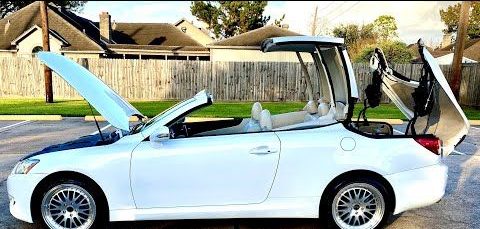Convertibles represent the ultimate expression of open-air freedom and driving enjoyment. However, as thrilling as it may be to cruise with the top down, a convertible’s roof system must also deliver on practicality. A crucial but often overlooked aspect of convertibles is the performance of their soft or hardtops in both weatherproofing and rollover protection.
For enthusiasts and casual drivers alike, a leaky roof or a flimsy rollover mechanism can turn dream rides into frustrating experiences. That’s why choosing a convertible with robust, leak-free construction and effective rollover protection is vital for safety, longevity, and peace of mind.
Modern engineering has allowed automakers to design sophisticated convertible tops that offer the best of both worlds: the open-air thrill and all-weather capability. But not all convertibles are created equal. Some models continue to struggle with leaking seals, wind noise, and subpar safety systems, particularly after a few years on the road.
This blog post highlights 10 convertibles, five that excel in providing leak-free, structurally sound top mechanisms with excellent rollover protection, and five that have earned a reputation for top failures.
Whether you’re in the market for a convertible or simply fascinated by automotive design, this guide will give you valuable insights into what to expect from your next soft-top or retractable hardtop ride. Let’s explore the winners and the cautionary tales in the world of convertibles.
5 Convertibles with Leak-Free Rollover Protection vs 5 with Top Failures
Convertible reliability isn’t just about engine power or luxury; it’s also about how well the roof holds up over time. A convertible’s top is its most defining feature, yet it can be a major point of failure if not engineered properly. Models like the Mazda MX-5 Miata RF and BMW 4 Series Convertible offer standout durability, with well-sealed, smoothly operating roofs that withstand years of use.
These cars prove that open-air driving can be both fun and dependable. On the flip side, convertibles such as the Chrysler Sebring and early Ford Mustang models have faced criticism for leaking, mechanical failures, and poor insulation. The following section takes a closer look at which convertibles deliver long-term quality, and which ones fall short.
Leak-Free & Rollover-Protected Convertibles
Some convertibles go beyond style, offering leak-free performance and robust rollover protection, crucial for long-term reliability and safety. Models like the Mazda MX-5 Miata RF and BMW 4 Series Convertible have earned praise for their well-engineered tops that resist water intrusion and operate smoothly even after years of use.
These vehicles also incorporate reinforced frames and advanced rollover protection systems, such as pop-up roll bars or strengthened A-pillars, enhancing occupant safety in case of an accident.
With hardtop or well-sealed soft-top designs, they minimize wind noise and weather-related issues, making them ideal for all-season driving. These convertibles prove that you don’t have to sacrifice dependability or protection to enjoy open-air freedom behind the wheel.
ALSO READ: 5 Cars Improved by Software Safety Updates vs 5 That Never Fixed Tech Issues
1. Mazda MX-5 Miata RF
The Mazda MX-5 Miata RF stands out in the convertible market with its unique blend of style, safety, and functionality. Unlike typical soft-tops, the RF features a retractable fastback hardtop that offers coupe-like security when closed.
This power-folding roof operates with precision and speed, sealing snugly to keep out wind, water, and road noise. It’s engineered with weatherproof gaskets and layered insulation that help maintain a dry, comfortable cabin, even during heavy rain.
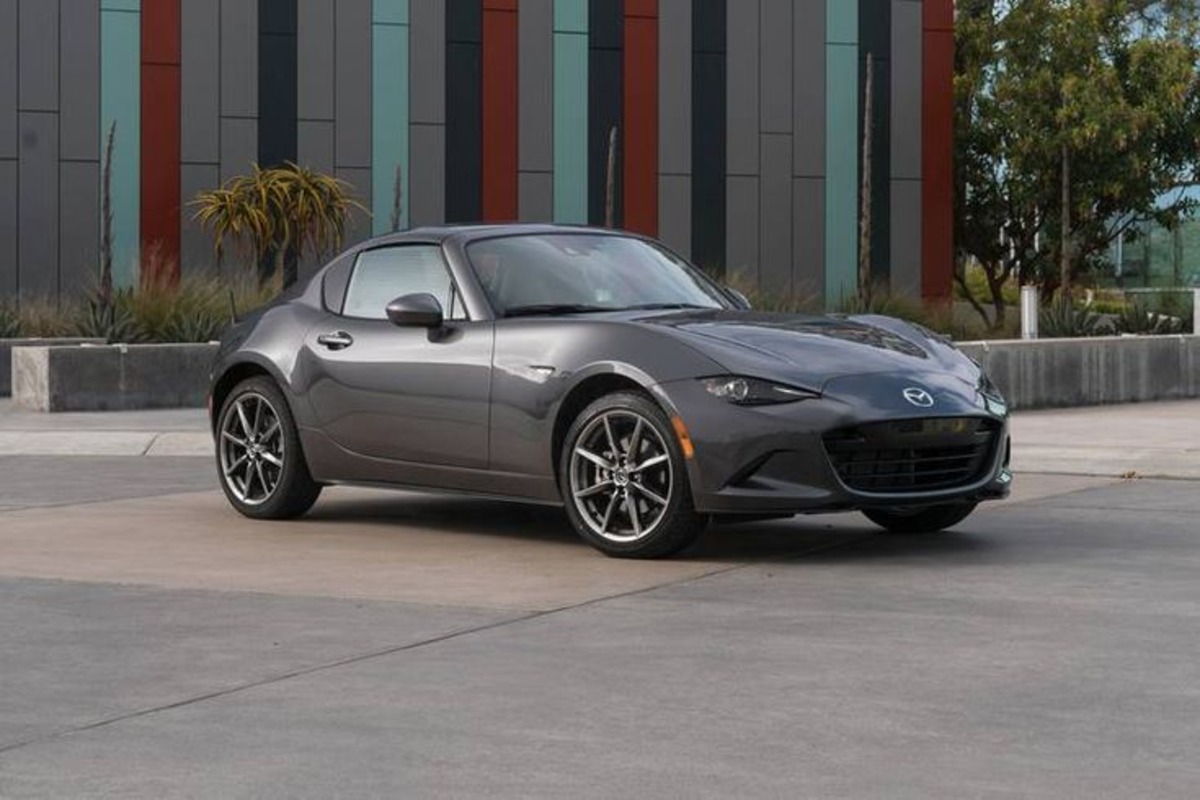
Mazda designed the RF’s structure to retain the roadster’s lightweight spirit without sacrificing strength. The rigid construction of the roof enhances the car’s torsional rigidity, reducing body flex and improving handling.
In terms of safety, the Miata RF includes fixed rollover hoops that are bolted directly into the chassis. These provide essential rollover protection, an often-overlooked factor in the convertible segment.
The cabin is surprisingly refined for a compact sports car, featuring high-quality materials and intuitive controls. Its compact size and low center of gravity allow for razor-sharp cornering, making it as thrilling on twisty backroads as it is composed in city traffic. Yet it still manages to maintain excellent build quality, showing few signs of wear over time.
The Miata RF is more than just a fun weekend cruiser, it’s a well-rounded, durable machine that gives drivers peace of mind in all conditions. Whether you’re commuting in the rain or carving through mountain curves with the top down, the Miata RF offers a rare mix of excitement, safety, and long-term reliability that few convertibles in its class can match.
2. BMW 4 Series Convertible
The BMW 4 Series Convertible (especially the G23 generation) is a standout in the world of luxury drop-tops, offering a masterclass in modern engineering and convertible design. While earlier models featured a hardtop, the newest versions use a sophisticated soft-top that actually improves performance. This new roof is made of advanced multi-layer fabric that not only reduces weight but also improves insulation and sealing against the elements.
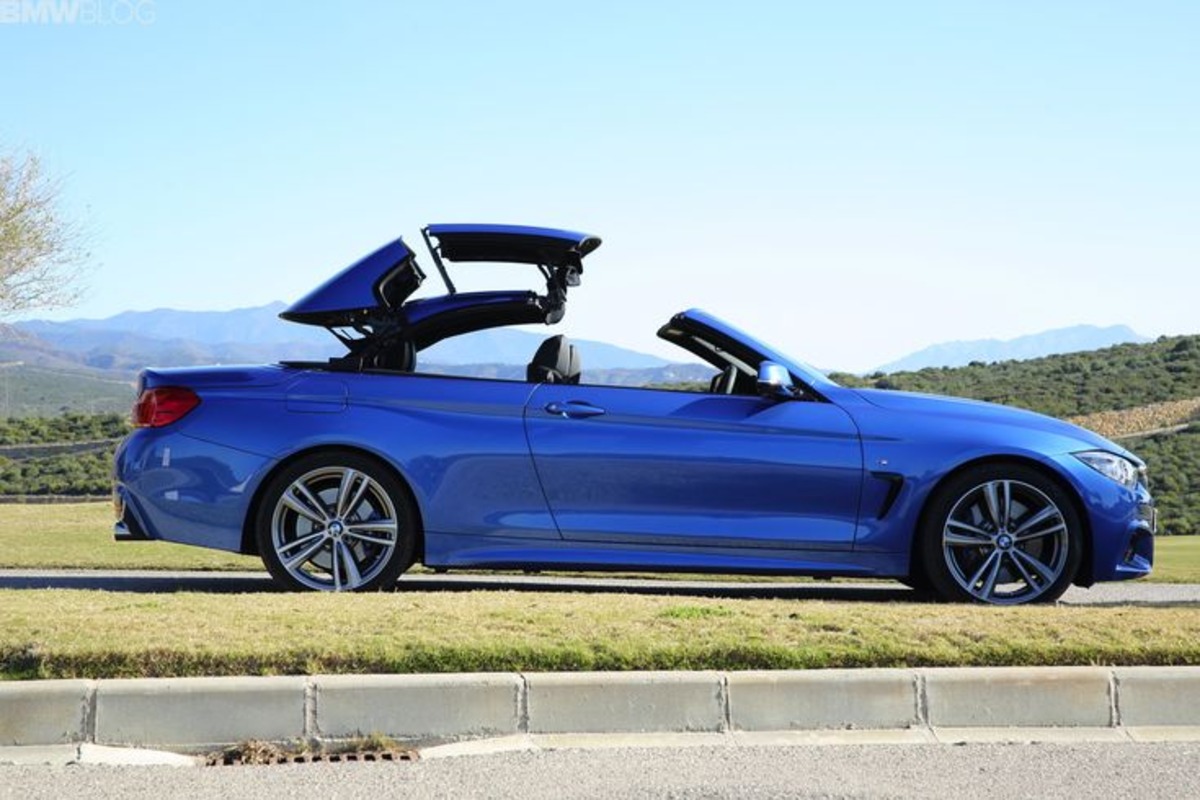
The top folds down in just 18 seconds and operates at speeds up to 31 mph, providing seamless transitions between enclosed comfort and open-air freedom. The roof’s construction includes highly tensioned support bows and precise seals, ensuring minimal wind intrusion and exceptional leak resistance. Even in heavy rain or high-speed conditions, the 4 Series keeps its cabin dry and quiet.
From a safety perspective, the 4 Series includes integrated rollover protection that deploys in milliseconds during emergencies. The reinforced A-pillars and robust windshield frame add another layer of crash resistance, giving occupants confidence in the car’s structural integrity.
Inside, it’s classic BMW luxury, high-grade materials, ergonomic design, and cutting-edge infotainment features. Despite the convertible format, trunk space remains usable, and rear seats, while not spacious, are accessible enough for short trips. The chassis has also been retuned to accommodate the convertible structure, maintaining the dynamic handling BMW is known for.
This is a convertible that proves soft-top doesn’t mean soft on performance or safety. Ideal for drivers who want year-round usability with all-season refinement, the BMW 4 Series Convertible delivers luxury, weather protection, and driving excitement in a well-balanced package.
3. Audi A5 Cabriolet
The Audi A5 Cabriolet merges top-down elegance with practical reliability, making it one of the best-engineered soft-top convertibles on the market. Audi’s electro-hydraulic soft-top system is impressively quick, requiring just 15 seconds to open and 18–20 seconds to close, even while driving at speeds up to 31 mph. More importantly, it seals tightly against the car’s bodywork, providing exceptional resistance to water leakage and wind intrusion.
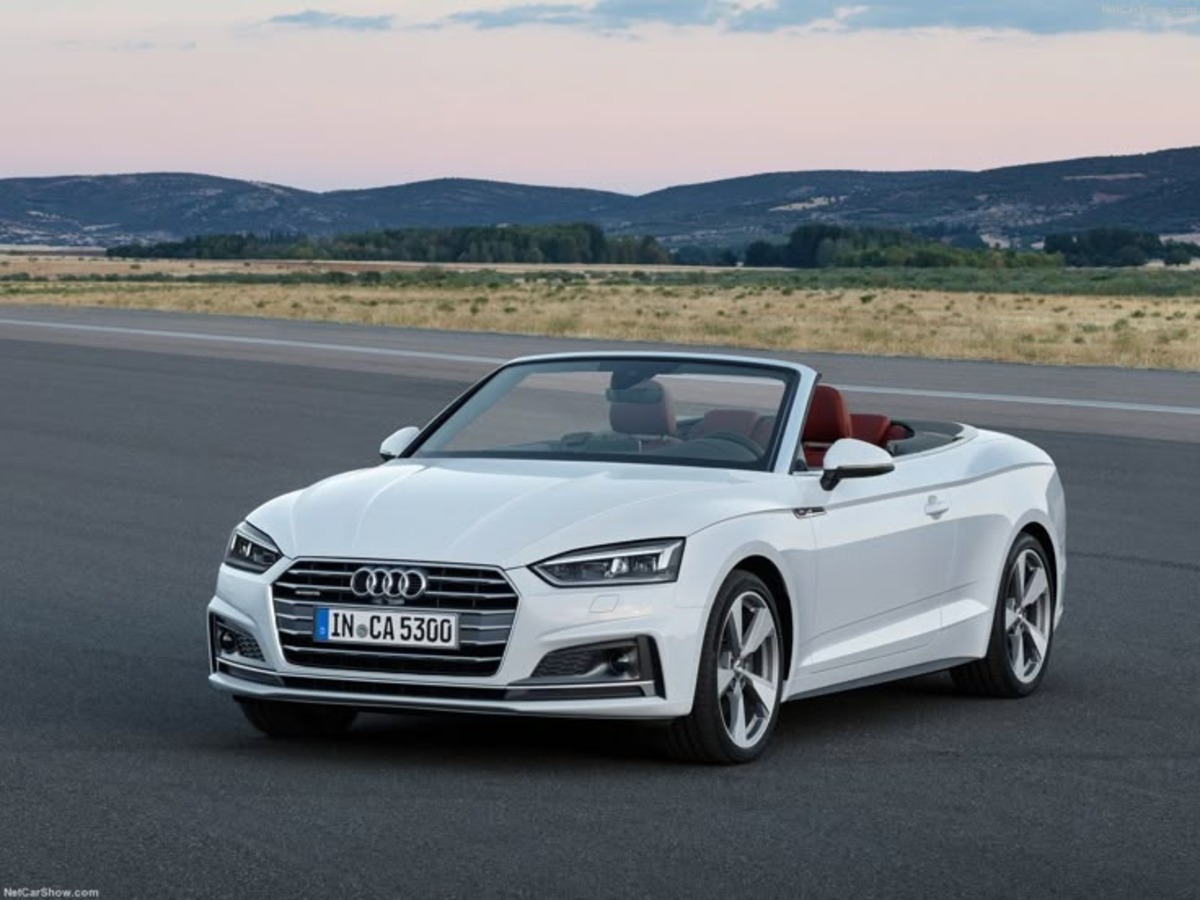
Audi’s commitment to quality is evident in the top’s construction, which uses advanced multi-layer fabric with excellent thermal and acoustic insulation. This ensures the cabin remains comfortable and quiet, regardless of outside weather. The fabric is UV-resistant and designed to maintain its appearance over time, avoiding the fading and sagging common in lower-quality soft tops.
In terms of safety, the A5 Cabriolet features reinforced side sills and high-strength steel components throughout the chassis. Pop-up rollover bars, hidden behind the rear seats, deploy instantly if sensors detect an impending rollover, providing critical occupant protection. Audi also integrates quattro all-wheel drive, giving the A5 superior stability and traction in varied road conditions, including rain or snow.
Inside, the A5 offers premium materials, a user-friendly infotainment system, and thoughtful driver-assistance features. Whether it’s Apple CarPlay, adaptive cruise control, or lane-keeping assist, the technology complements the car’s comfort and usability.
The Audi A5 Cabriolet is ideal for drivers seeking a refined yet spirited open-air experience without compromising safety or reliability. It’s a convertible built to handle daily driving and year-round use, offering peace of mind along with polished performance and style.
4. Mercedes-Benz E-Class Cabriolet
The Mercedes-Benz E-Class Cabriolet embodies the brand’s long-standing commitment to luxury, innovation, and safety. It features a premium triple-layer acoustic soft-top that’s engineered not just for quietness, but also for durability and weather protection. The top opens or closes in about 20 seconds at speeds up to 31 mph, ensuring convenience without sacrificing refinement.
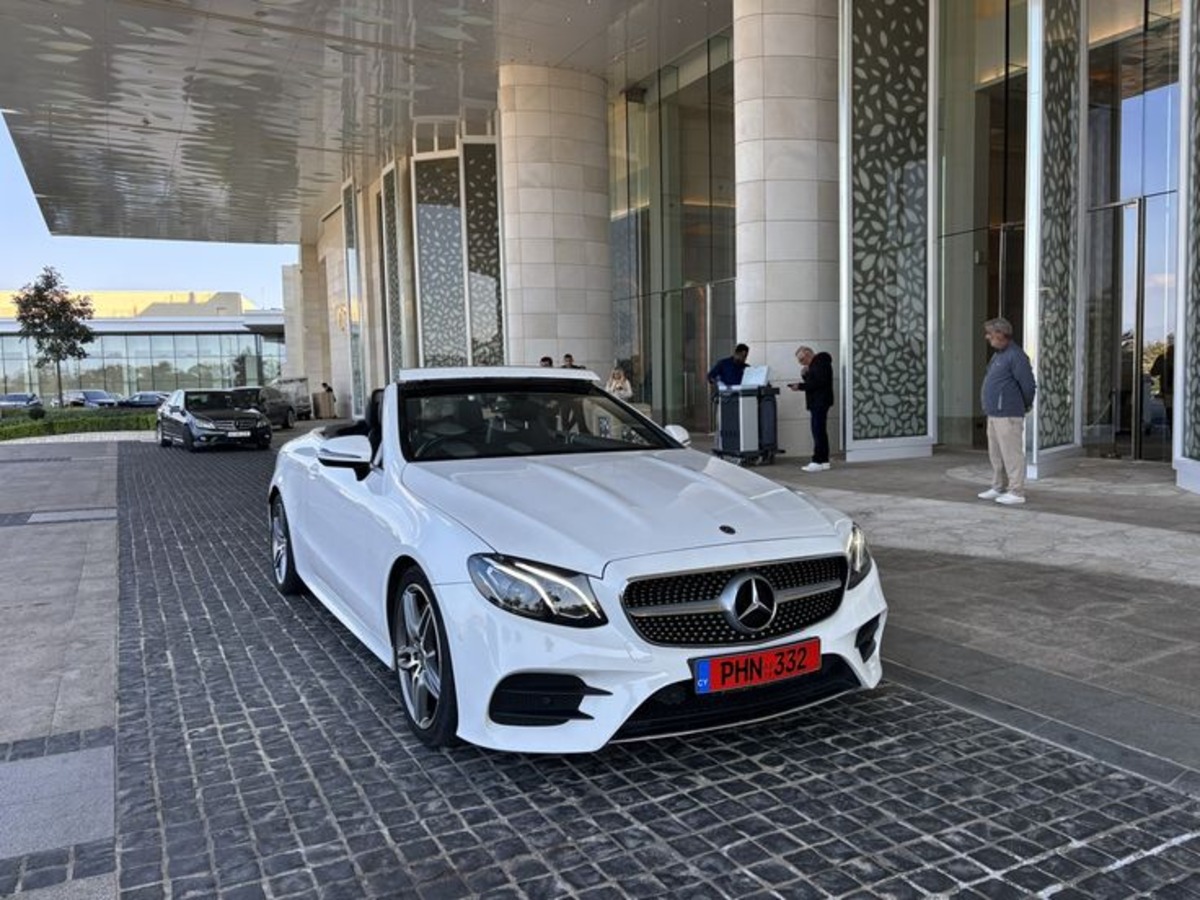
Where this convertible truly excels is in its ability to deliver a serene driving experience under any conditions. The soft-top seals tightly to the frame, virtually eliminating water intrusion and wind noise. The inclusion of Mercedes’ AIRCAP wind deflector system and AIRSCARF neck-level heating allows for top-down motoring even in chilly weather, enhancing comfort all year round.
Safety remains a cornerstone of the E-Class design. The car is equipped with pyrotechnic rollover bars that deploy in milliseconds during a rollover event. The reinforced windshield frame adds another layer of crash protection, giving both driver and passengers confidence in its structural integrity. Advanced driver assistance systems, like active brake assist, blind-spot monitoring, and lane-keeping assist, further boost occupant safety.
The interior showcases the best of Mercedes design, with Nappa leather upholstery, ambient lighting, and a dual-display infotainment setup that combines luxury with functionality. Rear seating is also surprisingly usable for a convertible, making the E-Class Cabriolet a practical choice for everyday luxury.
For those who want a convertible that performs as well in the rain as it does under the sun, the E-Class Cabriolet delivers. It’s a sophisticated blend of craftsmanship, safety, and comfort that sets the standard for premium convertibles.
5. Porsche 911 Cabriolet
The Porsche 911 Cabriolet is proof that convertibles can be both exhilarating and engineered for real-world conditions. Known for its performance pedigree, the 911 Cabriolet features a finely tuned soft top constructed with lightweight magnesium bows. This design ensures rigidity and allows the roof to replicate the coupe’s silhouette when closed, enhancing aerodynamics and minimizing drag.
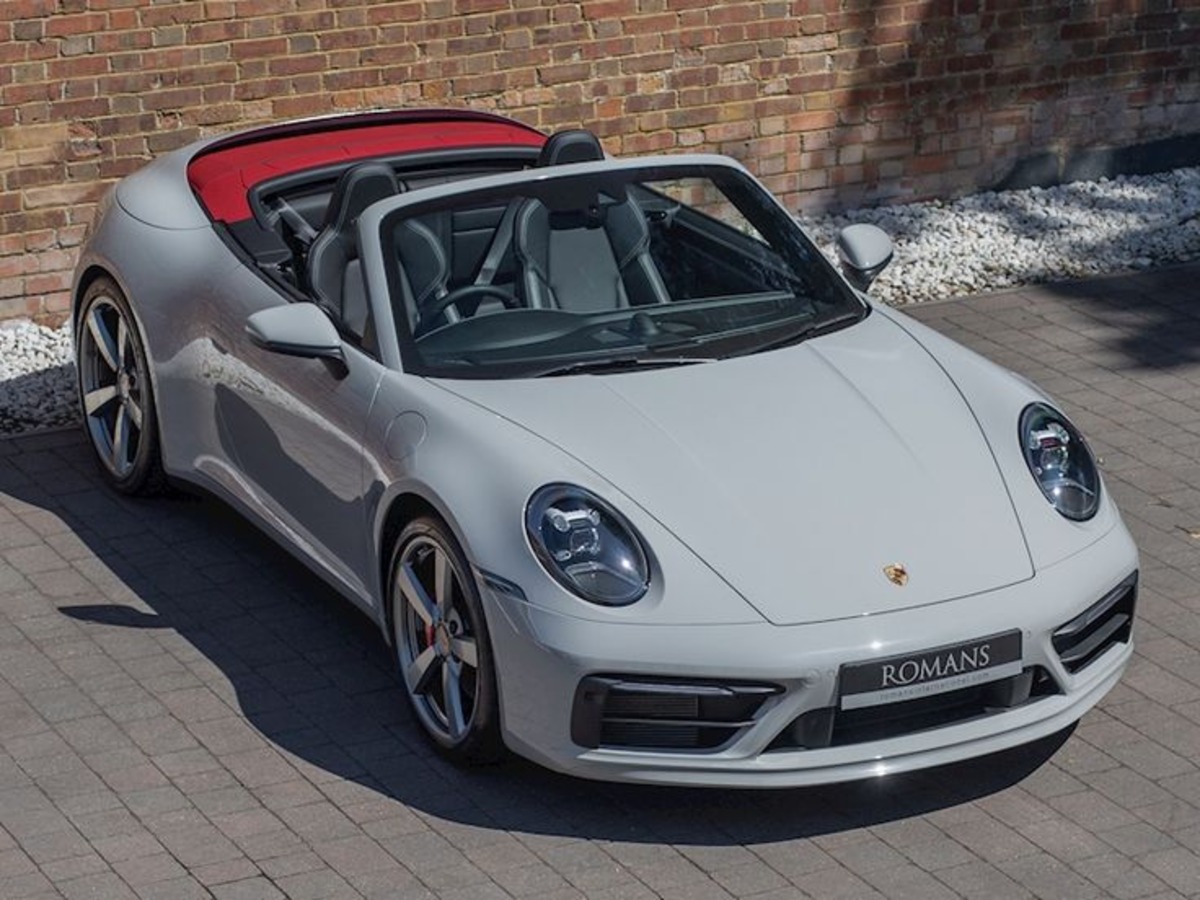
Water-tight seals and drainage systems around the roof mechanism prevent leaks even in heavy rain, making this one of the most weatherproof convertibles on the road. Despite being a performance machine, Porsche doesn’t compromise on occupant protection.
The 911 Cabriolet comes equipped with hidden pop-up rollover bars that deploy in milliseconds when sensors detect a possible rollover scenario. The windshield is also reinforced with high-strength materials to maintain structural integrity during crashes.
Inside, the 911 is all Porsche, driver-focused, refined, and packed with technology. Premium materials, customizable trims, and an intuitive touchscreen interface offer both luxury and functionality. Add in the choice of rear- or all-wheel drive and a lineup of powerful turbocharged engines, and the 911 Cabriolet becomes a top-tier convertible for both track days and daily drives.
Handling remains razor-sharp, thanks to Porsche’s advanced suspension systems and chassis tuning. Unlike many convertibles that trade rigidity for open-air flair, the 911 retains its composure and feedback even at high speeds or on twisty roads.
In short, the Porsche 911 Cabriolet is the ultimate fusion of performance, weatherproofing, and safety. It’s designed for drivers who want every thrill without compromising comfort or protection, making it one of the most complete and capable convertibles on the market.
Convertibles Known for Top Failures
Convertibles are admired for their open-air freedom, but not all models live up to expectations when it comes to roof reliability. Some convertibles have gained a reputation for top failures that compromise comfort, safety, and long-term value.
The Chrysler Sebring Convertible, for instance, has been widely criticized for poor roof sealing and frequent mechanical malfunctions. Similarly, early-model Ford Mustang convertibles often suffered from water leaks, misaligned tops, and aging fabric issues.
These problems can lead to costly repairs and a frustrating ownership experience. Inconsistent roof operation, wind noise, and water intrusion are common complaints among these models. While they may appeal to buyers with their styling and price, their soft-top troubles make them less dependable for long-term, trouble-free driving.
ALSO READ: 5 Cars with Rust Protection That Maintains Safety vs 5 That Suffer Structural Rust
1. Chrysler Sebring Convertible
The Chrysler Sebring Convertible, particularly models from the mid-2000s, has developed a reputation as one of the least reliable convertibles when it comes to roof functionality.
Although it was marketed as a stylish and affordable open-top cruiser, real-world ownership has revealed persistent issues with its convertible top mechanism. The hydraulic system responsible for raising and lowering the soft top is prone to failure. Owners commonly report malfunctioning motors, weak or cracked seals, and leaking tops often within just a few years of ownership.
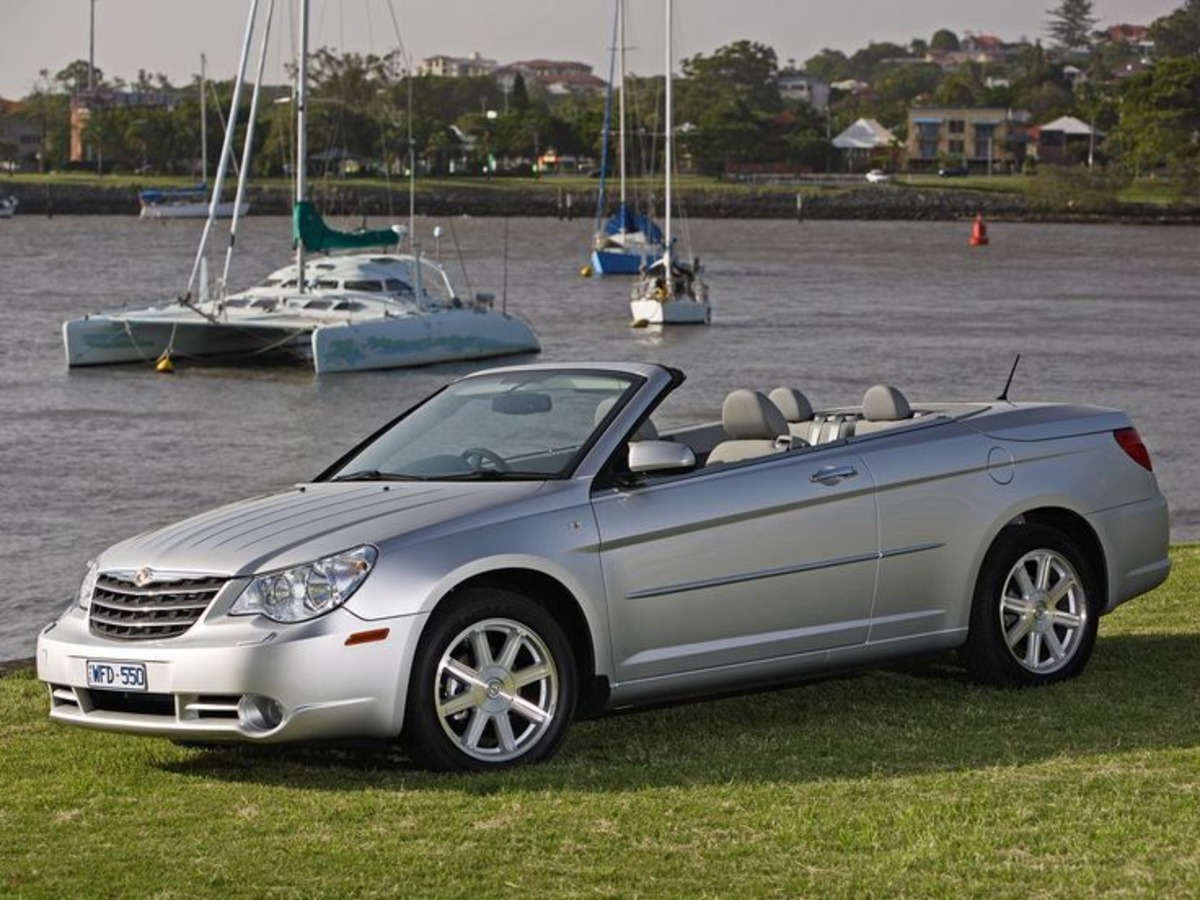
Water intrusion is a major concern, especially around the windows and trunk, leading to musty odors, mold growth, and electrical problems. As these issues accumulate with age, repair costs mount, making this “budget” convertible far more expensive to maintain than expected. Replacing or repairing the roof mechanism can cost thousands, and parts availability is increasingly scarce.
Safety is another weak point for the Sebring Convertible. Unlike modern convertibles that include pop-up rollover bars or integrated reinforcements, the Sebring relies solely on its windshield frame for rollover protection, a risky gamble in the event of a crash. This lack of structural integrity adds to the vehicle’s vulnerability.
Inside, the interior doesn’t fare much better. Cheap materials, fragile trim pieces, and poor overall build quality contribute to a sense of premature aging. Seats wear quickly, dashboard components become brittle, and squeaks and rattles are common.
While the Sebring may offer initial curb appeal with its sleek lines and low price point, the ownership experience is often marred by high maintenance costs, unreliable roof function, and subpar safety measures. For those considering a used convertible, the Sebring is often cited as a model best avoided unless thoroughly inspected and meticulously maintained.
2. Ford Mustang Convertible (Early 2000s Models)
The early 2000s Ford Mustang Convertible holds a special place in American automotive culture, but it hasn’t aged gracefully when it comes to convertible top reliability and occupant safety.
Soft-top Mustangs from this era frequently suffer from a range of problems, including leaking seals, loose fabric, malfunctioning motors, and broken latches. As the tops wear out, they become prone to splitting seams and sagging, which introduces water leaks and increases road noise, especially at highway speeds.
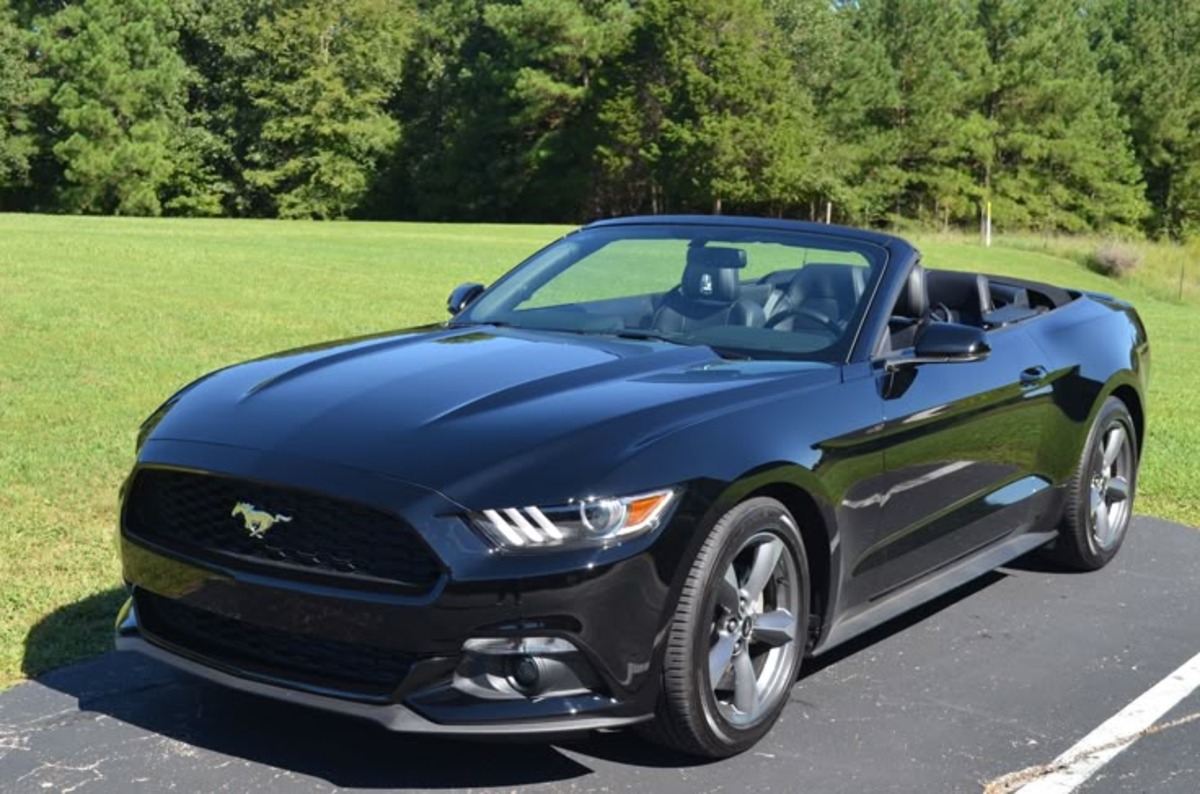
Insulation was minimal by modern standards, so even when the roof is functioning properly, the cabin can feel drafty and loud. The weather stripping around the doors and windows is another weak point, often degrading quickly and leaving gaps that invite moisture and wind inside.
Safety is another concern. The convertible structure in these Mustangs lacks modern rollover protection. There are no pop-up bars or reinforced A-pillars, just a reliance on the windshield frame to absorb the impact in a rollover, which is far from ideal. Combined with the car’s naturally high torque and rear-wheel drive, the lack of added protection makes it a risky option for spirited driving in adverse conditions.
Interior quality is also hit-or-miss. Many of these models suffer from fading plastics, squeaky panels, and worn seats. Electrical gremlins, particularly involving the top’s switchgear, are commonly reported by owners.
While newer Mustangs have corrected many of these shortcomings, early 2000s models remain a gamble. They’re often appealing for their retro design and affordability, but potential buyers should budget for repairs and be prepared for a less-than-seamless convertible experience. Enthusiasts may accept the trade-offs for nostalgia, but daily drivers will likely find this Mustang’s roof-related woes too troublesome.
3. Volkswagen Eos
The Volkswagen Eos entered the market with high hopes, boasting an innovative five-piece retractable hardtop with an integrated sunroof, a feature unique in its class. While this complex design initially impressed with its dual-purpose flexibility, it ultimately became the car’s Achilles heel. Over time, the Eos earned a reputation for roof-related reliability issues that often left owners frustrated and facing costly repairs.
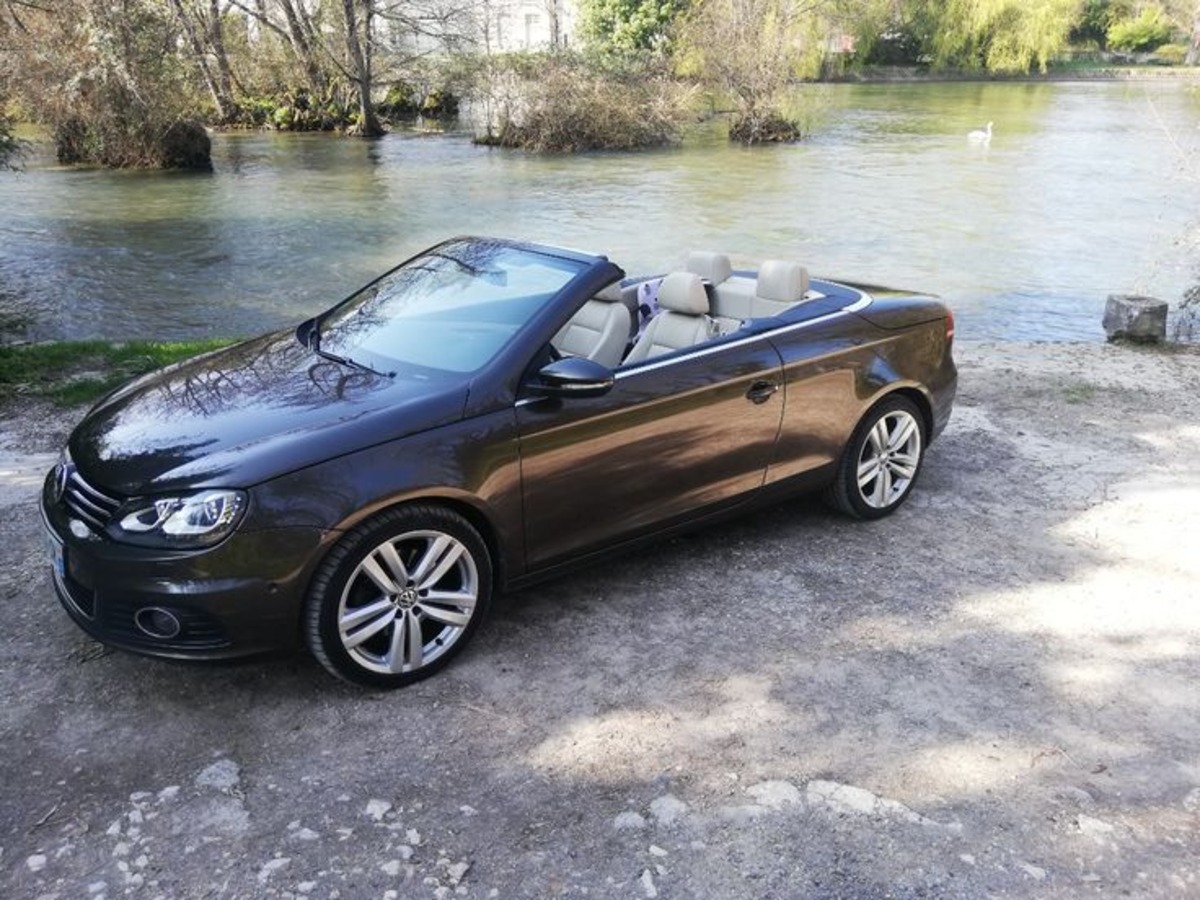
Leaks are a well-documented problem. The intricate seals between the multiple roof segments are prone to deterioration, especially in humid or rainy climates. Once compromised, the vehicle is vulnerable to water intrusion around the windows, sunroof, and even the trunk. Moisture inside the cabin can lead to damage of interior electronics, upholstery, and cause persistent mold issues.
Mechanically, the Eos’s roof system is known for malfunctions. Owners have reported frequent failures in the hydraulic pumps, locking latches, and alignment sensors.
Diagnosing and repairing these issues is labor-intensive and expensive, sometimes requiring full disassembly of the roof structure. Even routine maintenance, like clearing clogged drainage channels, is essential and often overlooked by previous owners, leading to more significant problems down the line.
While the Eos does include automatic rollover protection via pop-up rear headrests, the vehicle’s other flaws tend to overshadow this safety measure. The complex engineering demands meticulous care, and unfortunately, many used models suffer from years of deferred maintenance.
Performance-wise, the Eos offers decent handling and ride comfort. However, long-term ownership is often hampered by the constant threat of roof trouble. The Eos serves as a reminder that while engineering innovation can be a selling point, it must be paired with long-term durability and serviceability, qualities the Eos struggled to deliver consistently.
4. Mini Cooper Convertible (First Generation, 2005–2008)
The first-generation Mini Cooper Convertible (produced from 2005 to 2008) brought quirky design and fun-to-drive dynamics to the small car segment. However, it quickly developed a reputation for roof reliability issues that undermine its practicality and long-term value. Whether equipped with a manual or power-operated soft top, these early Minis frequently suffer from misaligned frames, water leaks, and failing motors.
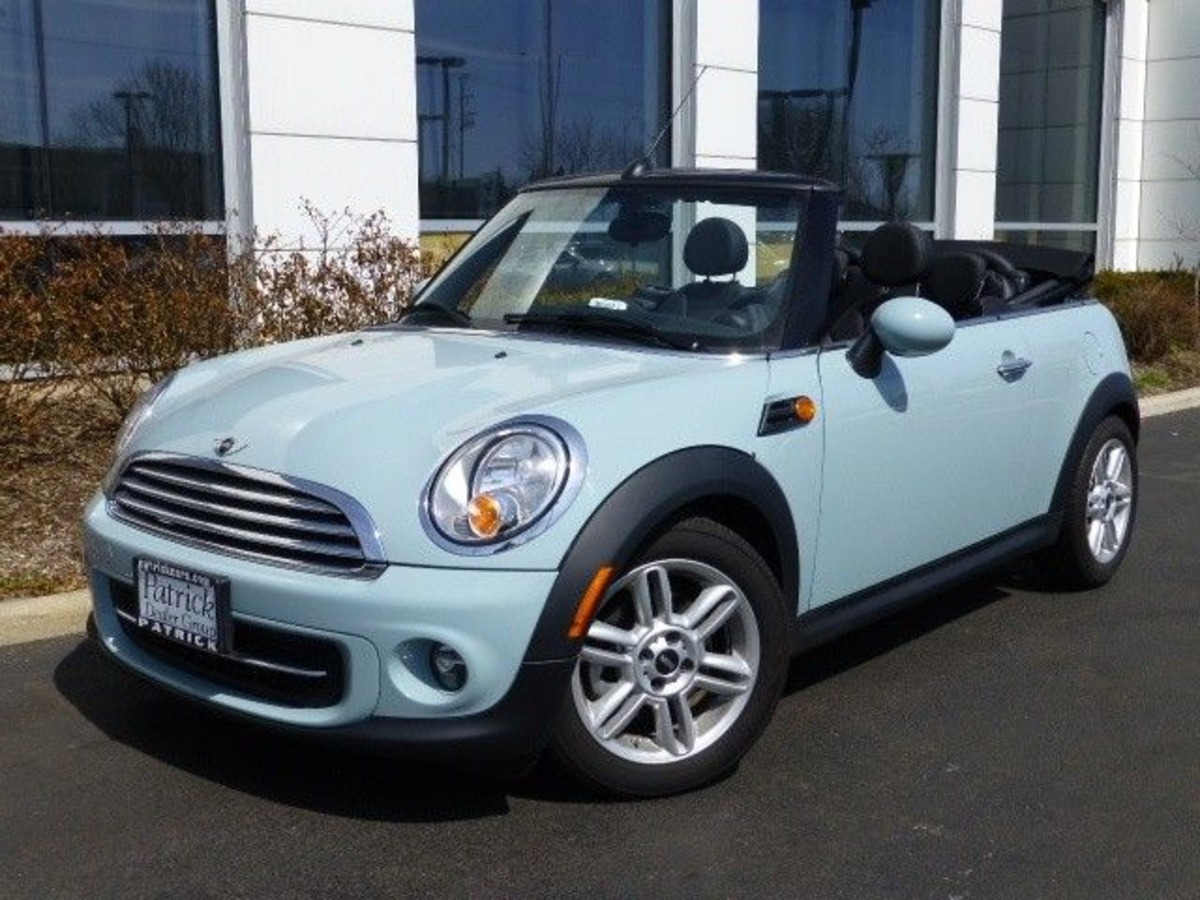
Leaks are a persistent problem, especially at the junctions between the roof and A-pillars or around the rear quarter windows. These flaws become especially evident during heavy rains or car washes, leading to damp interiors, electrical faults, and mildew growth. The fabric material used for the roof also tends to wear out prematurely, especially in sun-exposed climates, leading to discoloration, stretching, and fraying.
In terms of safety, the Mini includes basic rollover protection in the form of fixed or deployable bars integrated into the rear headrests, along with a reinforced windshield frame. However, due to the car’s small size and lightweight structure, its performance in rollover situations is less reassuring than that of larger, more robust convertibles.
Interior durability is also lacking. The trim materials, switches, and upholstery in these early models can degrade quickly, resulting in rattles and a worn-out feel despite low mileage. Given the compact cabin, water leaks can lead to serious damage in a short time.
While enthusiasts may overlook these issues in favor of the Mini’s engaging driving experience and distinctive looks, buyers seeking a dependable, weather-resistant convertible should think twice. Repairs are often expensive, and roof replacement costs can be prohibitively high for such a small vehicle. In short, the first-gen Mini Convertible offers charm but demands patience and a flexible repair budget.
5. Peugeot 307 CC
The Peugeot 307 CC, launched in the early 2000s, was one of the first affordable convertibles to feature a retractable metal roof, a cutting-edge concept at the time. While the idea was innovative, the execution left much to be desired. The complex folding hardtop system, though visually impressive, proved to be a major source of trouble for owners over the long term.
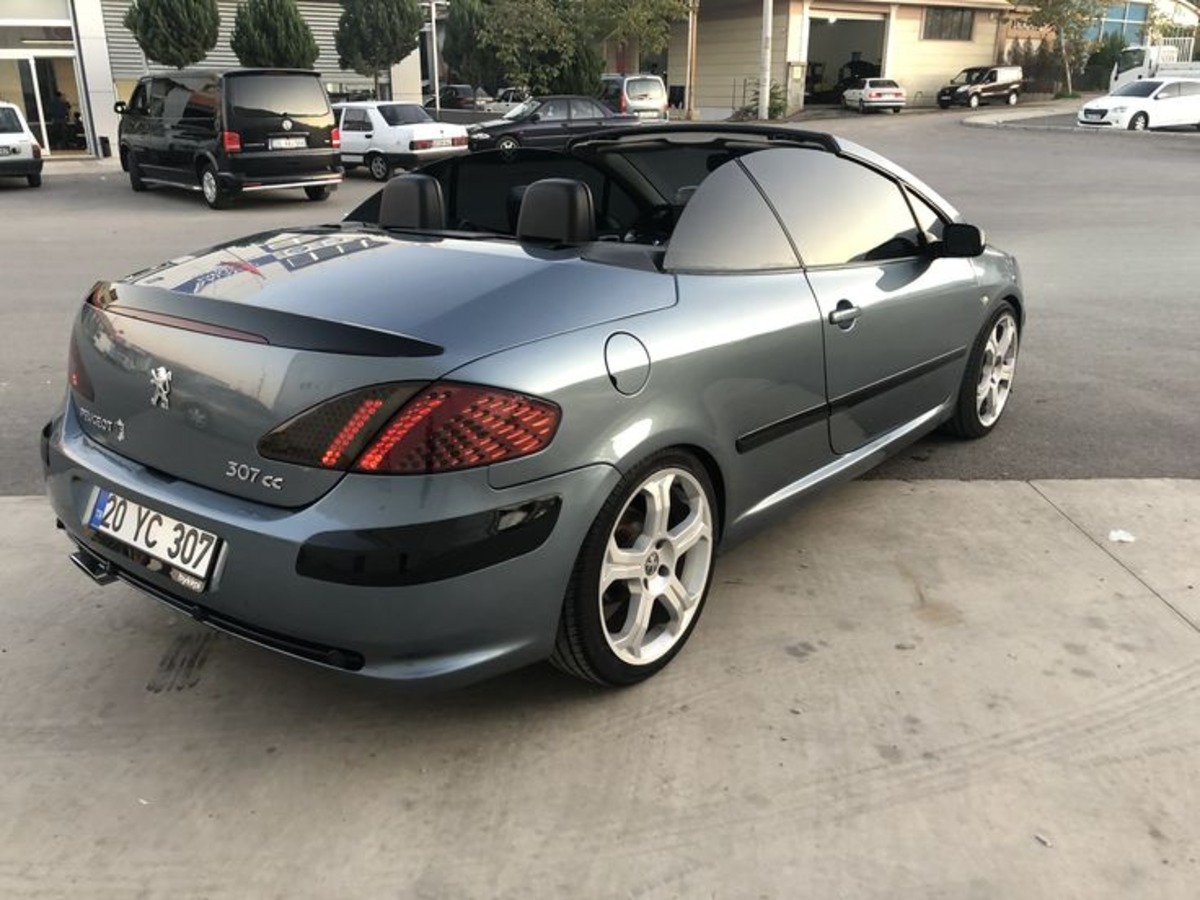
A common complaint involves the roof becoming stuck halfway through the folding process, leaving drivers stranded with a partially open top. These issues are typically related to hydraulic or electrical failures, and diagnostics can be tricky due to the number of sensors and actuators involved. Repairs are expensive, with many owners reporting multiple trips to service centers to fix persistent roof alignment or sealing problems.
Water leaks are another major issue. The sealing system struggles to maintain a watertight fit as the car ages, especially around the window edges and trunk area. Interior electronics, which are vulnerable to even minor moisture exposure, often suffer as a result, leading to dashboard warning lights, erratic behavior from power accessories, and failed components.
While the 307 CC does include some form of rollover protection, such as reinforced structures and pop-up bars, the car’s overall build quality and structural rigidity fall short of expectations. Its lightweight body doesn’t inspire much confidence in the event of a serious accident.
Although the 307 CC initially stood out for its styling and innovation, it has since become a cautionary tale in convertible design. Its long-term maintenance costs, combined with inconsistent reliability and questionable safety under duress, make it a poor choice for buyers prioritizing peace of mind and longevity.
Convertible ownership should be a joy, not a burden. As we’ve seen, models like the Mazda MX-5 Miata RF, BMW 4 Series, and Porsche 911 Cabriolet set high standards with their dependable roof systems and robust rollover protection.
These vehicles manage to deliver the thrills of open-air driving without compromising on safety or comfort. Their well-sealed tops keep out the rain and reduce noise, while advanced safety mechanisms provide peace of mind.
On the flip side, convertibles like the Chrysler Sebring and VW Eos serve as cautionary examples. While they may have looked promising on paper or offered early appeal, their long-term reliability and safety have not aged well. Issues like leaks, failing motors, and inadequate rollover protection can significantly dampen the ownership experience.
For prospective convertible buyers, this comparison serves as both a guide and a warning. Prioritize models with a track record of structural reliability and modern safety features. When well-designed, a convertible can offer unmatched driving pleasure. But cutting corners or opting for flash over function can lead to regrettable costs down the line. Ultimately, the key to convertible bliss lies in smart, informed choices.

